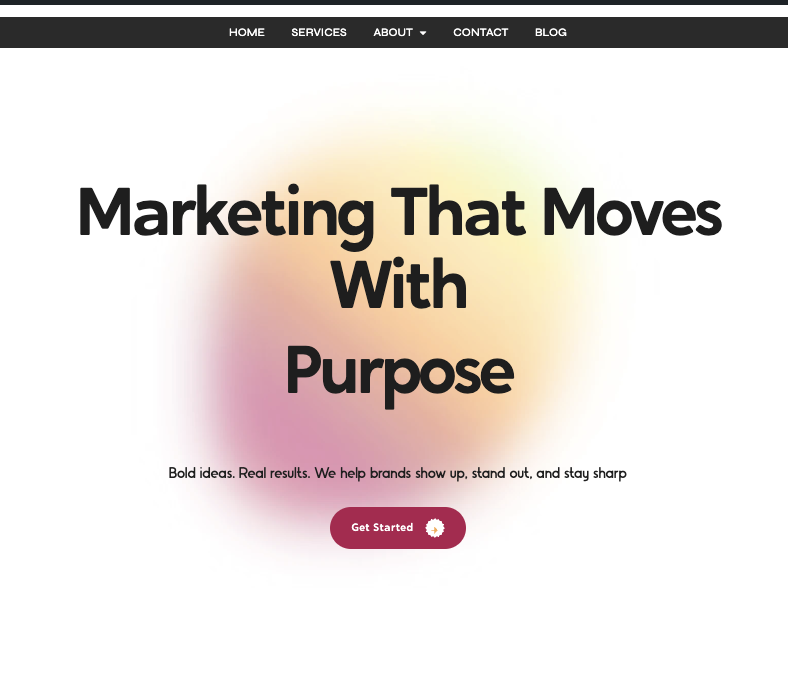Scroll through Instagram, TikTok, or YouTube Shorts, and reels dominate the feed. Quick bursts of content hook attention almost instantly. Later, when curiosity deepens, readers often search out long-form blogs for context. This pairing, short reels alongside long blog, formsforms a strategy that secures visibility on two powerful fronts: social platforms and search engines.
The balance works because:
Reels generate rapid visibility thanks to algorithmic boosts.
Blogs build authority by ranking for keywords over time.
Together, they create a cycle: reels spark curiosity, blogs build trust.
Why Short Reels Hold So Much Power
Short-form video has become the preferred format for content consumption. People consume multiple clips in minutes, and each one offers a new chance to engage. Brands benefit because reels:
Grab attention quickly: A message lands in less than half a minute.
Earn algorithmic favor: Platforms prioritize reels in recommendations.
Show personality: Raw, authentic clips help audiences connect with a brand voice.
Consider a fitness coach who posts a 20-second reel demonstrating a single exercise. The quick hit grabs attention, while a linked blog provides a full workout plan. This one-two punch both attracts and informs.
The Long-Term Value of Blogs
Reels may surge in popularity, but their impact often fades fast. Blogs, on the other hand, have staying power. They continue to rank in search results and drive traffic long after publishing.
Long blogs deliver value in three ways:
Keyword depth: They rank for multiple search queries, drawing steady organic traffic.
Educational structure: They explain complex ideas in a way short videos cannot.
Evergreen traction: Well-written blogs can remain relevant for months or even years.
A travel agency, for instance, may share reels highlighting a destination’s sights. The corresponding blog provides detailed itineraries, packing tips, and booking advice—content that travelers reference throughout their planning.
How Short Reels Can Lead Audiences to Long Blogs
The smartest marketing teams don’t treat reels and blogs as separate assets. Instead, they link them together.
Practical ways reels drive blog traffic include:
Sharing three highlights in a reel with a CTA to read the full blog.
Posting teaser clips that spark curiosity, then directing viewers to the blog for depth.
Using reels as mini trailers that link to blog content through captions or swipe-up features.
This approach respects different audience behaviors while maintaining consistency across channels.
How Blogs Feed Endless Reels
Every long blog is a reservoir of reel ideas. A single 1,200-word post can create weeks of video content if approached thoughtfully.
Marketers can:
Break out key statistics and share them as text-overlay reels.
Turn individual steps from a blog tutorial into quick visual demonstrations.
Record short commentary highlighting one point from the blog.
This method reduces workload and maintains a cohesive narrative across platforms.
Timing and Distribution That Build Momentum
Blogs and reels thrive on different cadences. Reels need frequent publishing, while blogs require time to research, write, and optimize. Coordinating the two creates rhythm.
Launch days: Release a reel alongside a new blog to maximize awareness.
Content refresh: Months later, post a reel that links back to the same blog to resurface evergreen content.
Staggered posting: Keep reels rolling weekly while blogging on a biweekly or monthly schedule.
This combination keeps audiences engaged without overwhelming teams with unrealistic production demands.
Case Example: Industry-Wide Application
In professional services, reels can showcase practical tips. For example, a law firm might post a reel offering “3 quick points about signing a contract.” The blog then expands on each point with legal context, examples, and best practices.
The reel attracts attention on social platforms, while the blog nurtures that interest into credibility and trust. This dual content path works in industries ranging from B2B tech to consumer retail.
Avoiding Quantity Overload
Not every strategy benefits from high-volume production. Quality and alignment matter more than volume.
A poorly planned reel may generate views without conversions.
A blog written for keywords alone may fail to build real authority.
Instead of chasing numbers, focus on creating fewer but more valuable pieces. For instance, one insightful blog supported by a handful of targeted reels can outperform dozens of scattered posts.
Measuring Integrated Success
To understand whether reels and blogs work together, metrics must be viewed holistically.
Key indicators include:
Blog traffic that originates from social media reels.
Average time spent on a blog page by visitors coming from video.
Conversions attributed to audiences that engaged with both a reel and a blog.
This combined perspective reveals whether the strategy is functioning as intended.
Building a Repeatable Workflow
A sustainable strategy relies on process. Without structure, content teams risk inconsistency or burnout.
Simple ways to streamline include:
Treating each blog as a hub from which multiple reels are created.
Standardizing reel templates with consistent branding and calls to action.
Developing calendars that automatically pair blogs with reel rollouts.
This workflow reduces pressure while maintaining momentum across channels.
The Strategy That Truly Wins
At its core, combining short reels and long blogs succeeds because it mirrors how people consume information. They want quick, visual bursts in one moment and detailed answers the next.
This approach doesn’t force a choice between formats. Instead, it integrates them into one strategy that captures attention, builds trust, and wins across both search and social.
















